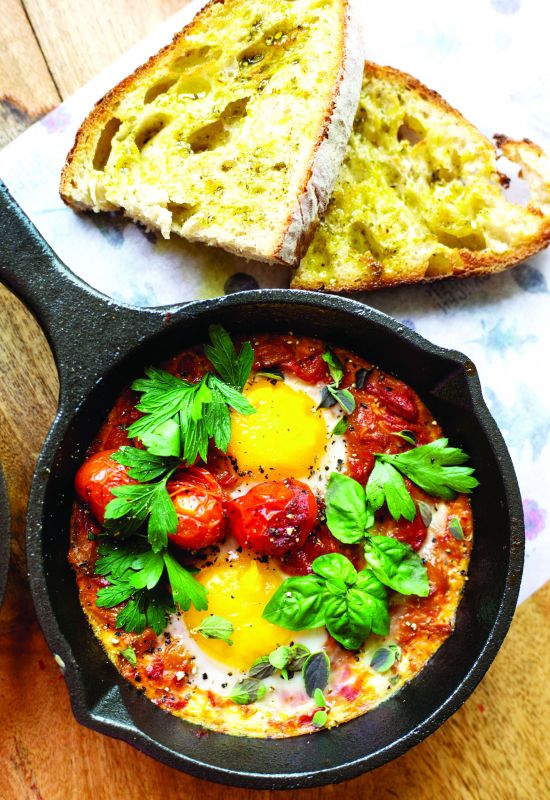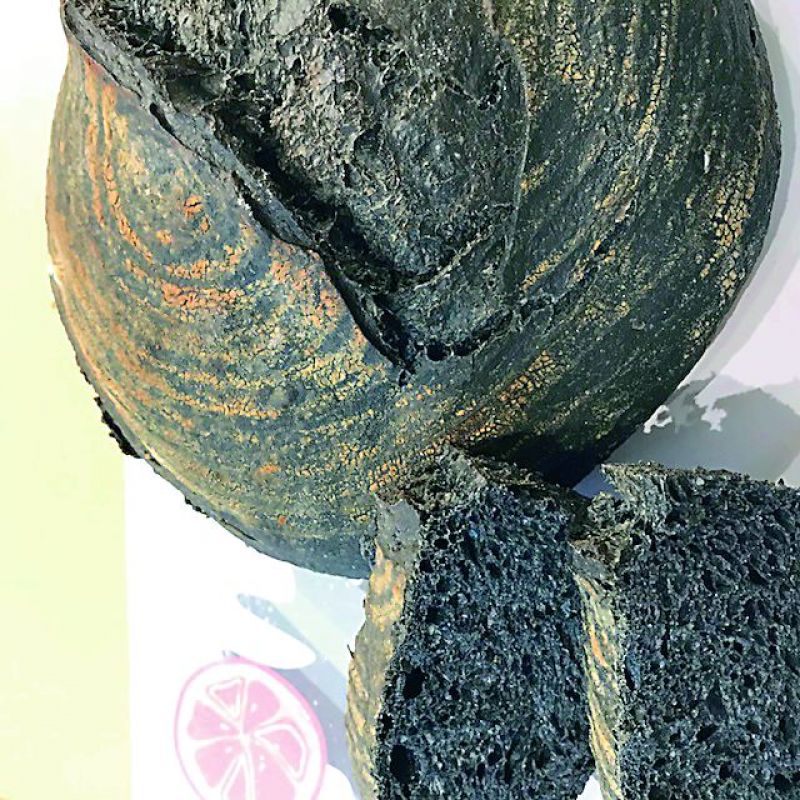Sourdough

For the bread devotees of the world, the fermented sourdough wafts in as a breath of fresh air. Bereft of yeast, milk, oil and artificial sweetening agents, the earlier-shrugged, now-championed loaf is fast becoming a staple across tables at home and at restaurants. Whereas bread has traditionally been prepared using wheat, oats, barley and a multitude of grains, the process of leavening dates back to the days of ancient Egypt when wild yeast was used to prepare sourdough. The popularity of sourdough slowly seeped into neighbouring Rome, Greece and France, with the French perfecting over a hundred varieties of the treasured, tasty loaf over the years. Sourdough has emerged as flatbreads popular in Indian and Middle Eastern cuisines.
Says dietitian Sarika Nair of SlimnHappy, “Sourdough is the oldest form of fermentation of grain. It relies on a mix of wild yeast and lactic acid bacteria that are naturally present in flour, rather than baker’s yeast, to leaven the dough. In traditional sourdough recipes, you will find three ingredients: sourdough starter (consists of flour and water), salt and flour. There is no yeast, no milk, no oils and no sweeteners. It is about as natural as you get when it comes to bread. The tang and the tartness is what makes sourdough special in taste. It is the lactic acid present in sourdough that helps degrade phytates (anti-nutrients in grains that impede absorption of minerals) by almost 62 per cent. Owing to its lower pH and lower glycemic index, sourdough is preferred over the regular bread and can help regulate blood sugar levels.”
EASY PEASY
What elevates sourdough over its counterparts is its easy digestibility. The wild yeast and lactobacillus in the leaven neutralise the phytic acid as acidification of the dough takes place. This makes the foalte-rich and anti-oxidant packed bread easier for us to digest and for our system to readily absorb the minerals, such as calcium, magnesium, iron and zinc. Says Chef Sareen Madhiyan of Tappa, in Mumbai. “Sourdough tends to be more nutritious than the breads we usually eat, as it uses long slow fermentation technique making more minerals available to us. Restaurants and cafes are increasingly including sourdough in their menus to elevate a simple sandwich to a gourmet one,” he adds.
MAKING OF THE DOUGH
Says Jérémie Sabbagh, Head Baker, at the famous French-owned eatery Suzette Kitchen Garden in suburban Mumbai that serves up the best sourdough in the city, “We bake sourdough because its taste is absolutely incomparable. It is healthier in terms of nutrient index, having almost no gluten left after the long fermentation. Our method of preparation is unique. We prepare sourdough using organic flours (wheat and rye or wheat, buckwheat, black rice), organic water and organic sea salt. Then allow the fermentation to take place over a period of 30-36 hours, finally baking at a high temperature of around 2600C. You can keep it wrapped in a clean cloth for three to four days at room temperature. To elongate shelf life, cut and freeze in a zip log bag and then straight toast it when you wish to eat it.” Typically, it needs to be consumed in its freshest state as possible to retain its original texture and taste.
REV IT UP
The taut and turgid house baked sourdough poee (a Goan rendition) makes for a great nibble with a choice of balchow butter or cheesy black pepper butter or whipped pork-rosemary butter or even choriz butter. “In fact sourdough left overs can be used in soups to add character or even lend robustness to sauces and stews,” says Sabbagh. “You must store sourdough at room temperature, ideally wrapped in foil or an airtight container. If it turns hard, bake it for five minutes in an oven with a small bowl of water,” advises Chef Sareen. As for consumption, breakfast is ideally the best time to consume bread as you must avoid too much carbohydrate in your diet later in the day, adds Sarika. With the current food trend swinging in favour of gluten free food, the popularity of sour dough is certainly on the uprise.
Baked Eggs-Shakshuka
INGREDIENTS
4 capsicum
10 tomatoes, chopped
4 cloves garlic, crushed
¼ tsp chilli flakes
2 tsp cumin powder
20 gm olive oil
1 pinch salt
Pepper as per taste
2 eggs

Method
Roast the capsicum in the oven until the skin is burnt. Wrap the capsicums in aluminum foil and leave them to cool at room temperature. Remove the burnt skin, core and seeds and cut in strips. Heat olive oil in a pan. Add all the ingredients. Cook on low flame until all the ingredients are fully softened. Add salt and pepper. Pour about 100 gm of shakshuka in a small skillet. Using a large spoon, make a well in the centre and break two eggs directly into it. Cover, reduce heat to lowest setting, and cook until egg whites are set and yolks are still runny, about 10 minutes. Sprinkle with cilantro or parsley, along with any optional toppings.
TUNA SOURDOUGH SANDWICH
(by Chef Manish Kusumwal, Corporate Chef of Berggruen Hotels Pvt. Ltd.)
INGREDIENTS
50 gm salad leaves
2 large tomatoes
1 can tuna in spring water
3 tbsp mayonnaise
10 capers, drained and chopped
1 tsp fresh chopped parsley
1 tsp lemon zest
1 tbsp sauerkraut
1 sourdough bread
Salt to taste

Method
Mix the tuna in a bowl with the mayonnaise, capers, parsley and lemon zest. Add salt to taste.
Line the sourdough bread with salad leaves, slice tomatoes and sauerkraut, fill in the tuna mixture.
Cut the sandwiches in half or serve as a whole.
Baked Eggs-ShakshukaTUNA SOURDOUGH SANDWICH

